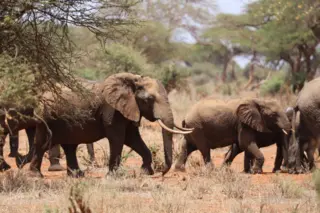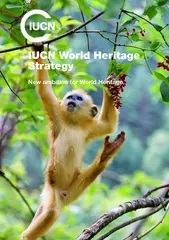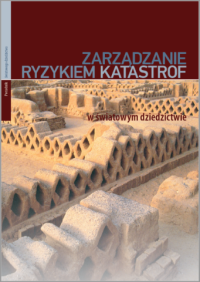IUCN's work on World Heritage
The World Heritage Convention is the primary international mechanism to link culture and nature, and IUCN advocates for the recognition of interaction between people and the natural environment, and embracing the stewardship and world views of Indigenous people and local communities.
The World Heritage Convention is governed by the World Heritage Committee, comprising 21 elected States Parties. IUCN is the named advisor on nature to the World Heritage Committee, and in this capacity IUCN evaluates nominations of new sites, monitors the conservation status of existing sites, builds capacity, and provides technical and policy advice to UNESCO, countries, and the World Heritage Committee.
In addition to this official role, IUCN also supports local communities and the on-the-ground protection of the world's natural heritage. This is delivered through IUCN Commissions, Members, IUCN global programmes, and IUCN regional offices.

















